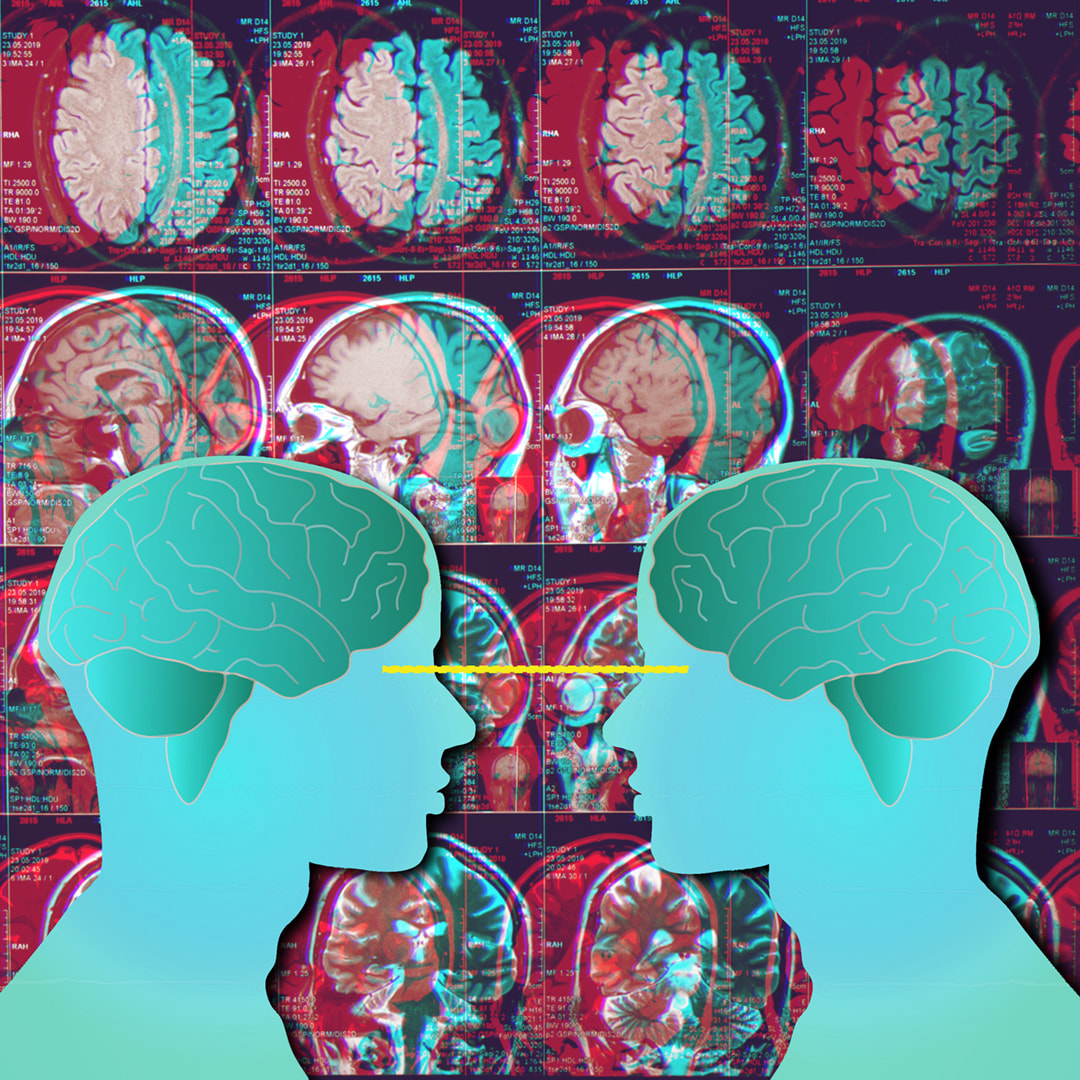BUT now… scientists have identified a group (vs. a single cell) of neurons in the brain's temporal pole region that links face perception to long-term memory.
Using functional magnetic resonance imaging (MRI) in animal models, the study team honed in on the temporal pole (TP) region of the brain to record responses to still images of familiar and unfamiliar faces. It’s important to note that the familiar images were of people the subjects had previously seen in person, while those who were unfamiliar were only seen in the virtual images. The results: animal subjects clearly responded to the familiar images of people they recognized from their in-person encounters. Even though they were exposed to the images of unfamiliar individuals many times, their TP neuron responses were highly selective, responding to faces that the subjects had seen before more strongly than unfamiliar ones. And the neurons were quick to distinguish between known and unknown faces, almost immediately upon processing the image. So what does this mean?
Over the past year, we’ve written a number of related articles regarding the issues incurred as a result of decreased in-person engagement and the wearing of masks that obscure facial features and might be a deterrent to cognitive functions and neuroplasticity. You can read more at: https://www.suzannegazdamd.com/blog/the-brain-behind-the-mask Additional related articles in our blog library: https://www.suzannegazdamd.com/blog/isolation-and-why-we-simply-cant-delay-addressing-it https://www.suzannegazdamd.com/blog/our-brain-in-isolation-what-to-know-what-we-can-do Please review details about the study findings as well and, as always, let us know if you have questions or would like any other information! In health, Dr. Suzanne Gazda Reference:Landi, S.M., Viswanathan, P., Serene, S., Freiwald, W.A. A fast link between face perception and memory in the temporal pole. Science Magazine. 01 Jul 2021. https://science.sciencemag.org/content/early/2021/06/30/science.abi6671
0 Comments
Your comment will be posted after it is approved.
Leave a Reply. |
AuthorDr. Suzanne Gazda, Integrative Neurology Archives
February 2024
Categories |

 RSS Feed
RSS Feed